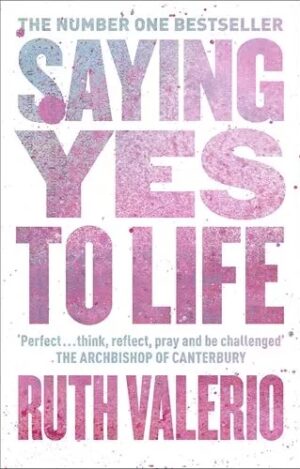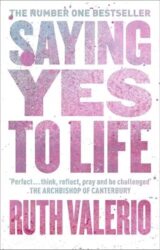Open with prayer and then start the study by reading these passages together.
Bible Passages:
- Genesis 1:20-23
- Isaiah 40: 28-41
- Psalm 104
- Psalm 148
- Matthew 6:26
Next read this text together.
Finally the spaces are ready to be inhabited! The world can sustain animals, and the first to be created are the creatures to fill the waters and seas, then the birds to fly in the air.
As in previous days, God looks and sees that it is good. The creation, with its colour, vibrancy and diversity brings incredible pleasure to God. This is no dispassionate God, but a God who looks at what he has made and views the teeming shoals and swarming flocks with deep satisfaction.
There is much in the Bible about learning from the natural world, and there are many things we can absorb from birds. Some 30 or so different types of bird are referenced in the Bible, and Jesus, of course, instructed us to ‘look at the birds’. But today birds are facing a crisis, with 14 per cent at risk of extinction and overall numbers plummeting worldwide, driven by habitat loss and climate change.
There is a strong bond between the people and the land and seas that support them, neither of which is owned but both of which need to be looked after and respected. We may think of the oceans as dividing us into continents, but actually all the oceans are connected.
Our seas are a critical part of the climate system, distributing warmth around the world through large-scale ocean currents and absorbing CO2 through the phytoplankton that live in their waters. They sustain incredibly diverse ecosystems and vast numbers of species. Over three billion people rely on marine and coastal biodiversity for their livelihoods. But only seven per cent of marine fish stocks are being harvested below the level of what can be sustainably fished. A third of reef-building coral species is at risk of extinction.
How can we respond to this crisis? We can start by moving away from single-use plastics, taking part in beach clean-ups and if we eat fish and seafood ensuring we’re doing so sustainably.
Wherever we are and whatever we do, we must remember that the land and the seas interact. Protecting forests for birds reduces the land’s watershed by lessening erosion, which then helps the sea by reducing pollution. As we look at how to respond, let us draw courage from these words of Wangari Maathai: ‘In the end, all we are called to do is the best we can.’
Discussion Questions:
- What experiences have you had of seeing ‘teeming’ in the natural world? Reflect on those and take time to appreciate those experiences and thank God for them.
- Do you have a favourite sea/ocean place to be, or favourite memory? If you do, sit still and allow yourself to go back to that place or memory and, as you do so, ask God what he might want to say to you.
- Think about the different ways in which you use plastic. Maybe look around you or around your house and notice how much there is. What plastic things can you abandon or find an alternative for?
Close with a time of prayer.


